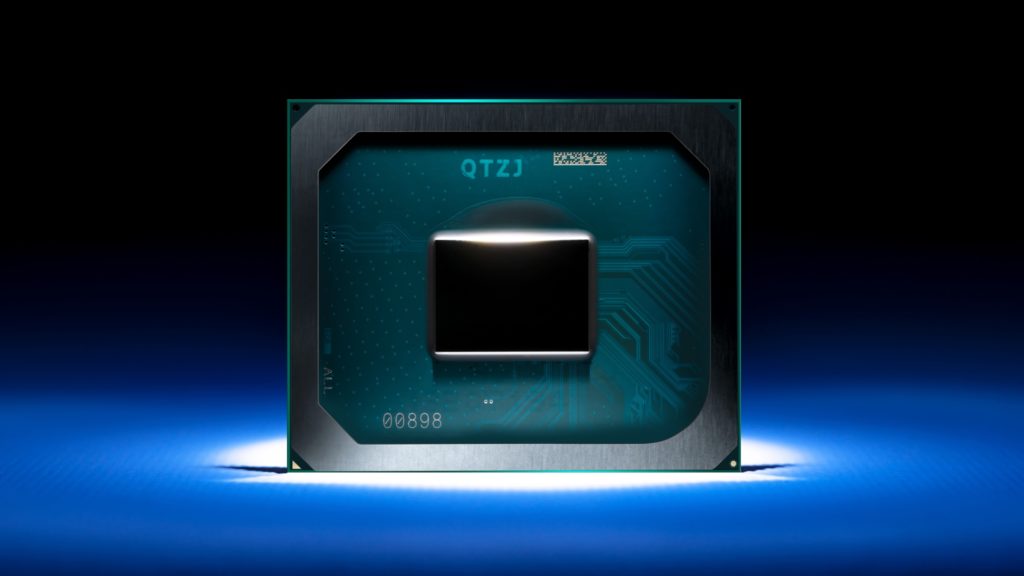Earlier this year before COVID-19 and the ensuing lockdown pushed us all into our homes Intel teased a discrete GPU at CES 2020.
While we’re not seeing a competitor for Nvidia and AMD at a desktop level just yet, Intel has entered the discrete GPU market in notebooks with its Intel Iris Xe MAX discrete GPUs.
Based on the same XE-LP micro-architecture found in 11th Gen Intel Core mobile processors, Intel Iris Xe MAX will support PCIe Gen 4 as well as support for Intel Deep Link technology.
Deep Link seems like Intel’s answer to AMD’s Smart Access Memory feature arriving in the Ryzen 5000 series, though the two technologies are very different.
Intel says that Deep Link “brings together processing engines under a common software framework, allowing software developers to significantly boost content creation workload performance”.
What this means is that Deep Link allows applications to make use of both integrated and discrete graphics should they need scale workloads. This seems to be primed for AI workloads and content creation for now.
Developers interested in implementing Deep Link can signup for it here.
Back to the Intel Iris Xe MAX graphics.
Intel claims that 11th Gen Intel Core mobile processors paired with the GPUs can improve AI-based creation with Additive AI by as much as seven times compared to “other laptops”. Video encoding is rather impressive with Intel claiming its Xe MAX graphics is 1.78 times faster than a 10th Generation Intel Core i7-1065G7 paired with an Nvidia GeForce RTX 2080 Super MaxQ.
Deep Link sure is promising a lot for professionals.
As for gamers, Intel simple said its GPU delivers “great thin-and-light 1080p gaming”.
The Intel Iris Xe MAX GPUs will be shipping in the Acer Swift 3, ASUS Vivobook Flip TP470 and Dell Inspiron 15 7000 2 in 1 which are available in the US right now.
If the performance of these GPUs matches up to Intel’s claims, Nvidia and AMD might have a bit of a fight on their hands.
[Source – Intel]

